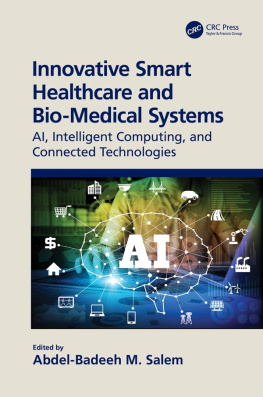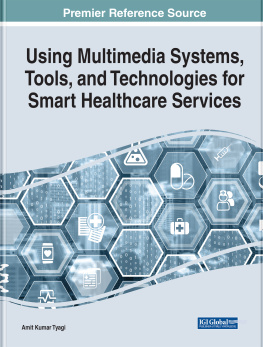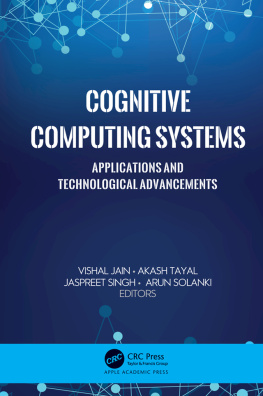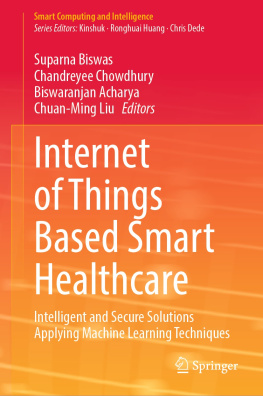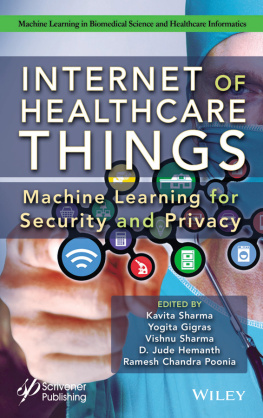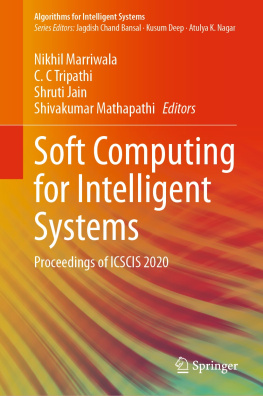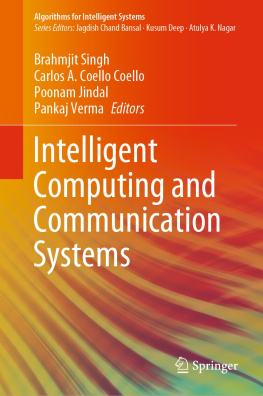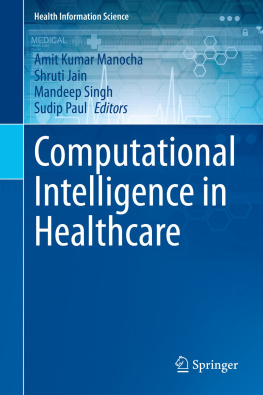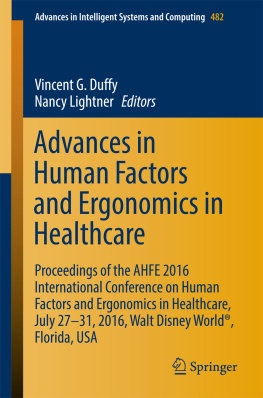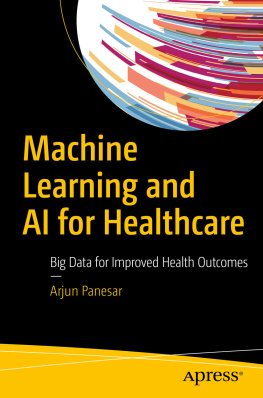Reasonable efforts have been made to publish reliable data and information, but the author and publisher cannot assume responsibility for the validity of all materials or the consequences of their use. The authors and publishers have attempted to trace the copyright holders of all material reproduced in this publication and apologize to copyright holders if permission to publish in this form has not been obtained. If any copyright material has not been acknowledged please write and let us know so we may rectify in any future reprint.
Except as permitted under U.S. Copyright Law, no part of this book may be reprinted, reproduced, transmitted, or utilized in any form by any electronic, mechanical, or other means, now known or hereafter invented, including photocopying, microfilming, and recording, or in any information storage or retrieval system, without written permission from the publishers.
For permission to photocopy or use material electronically from this work, access
Contents
Marius Popescu and Antoanela Naaji
Dina Ziadlou, Seyed Mojtaba Mir Hosseini, Nasim Nasiri, and Amin Saberinia
Sarah A. Soliman, Rania R. Hussein, El-Sayed A. El-Dahshan, and Abdel-Badeeh M. Salem
Mohamad Yousef, Tamer Abdelkader, and Khaled El-Bahnasy
Vitalina Babenko
P.J. Kervalishvili and T.N. Bzhalava
Adriana Burlea-Schiopoiu and Koudoua Ferhati
Ibrahim M. Ahmed, Marco Alfonse, and Abdel-Badeeh M. Salem
Olena Chebanyuk and Olexandr Palahin
Yuriy Zaychenko and Galib Hamidov
S. Lenty Stuwart and El-Sayed A. El-Dahshan
Shaymaa Adnan Abdulrahman and Abdel-Badeeh M. Salem
Tamer Abdelkader
Faculty of Computer and Information Sciences
Ain Shams University
Cairo, Egypt
Shaymaa Adnan Abdulrahman
Department of Computer Engineering
Imam Jaafar Al-Sadiq University
Baghdad, Iraq
Ain Shams University
Cairo, Egypt
Ibrahim M. Ahmed
Department of Information Technology, Faculty of Computer and Information Technology
Karary University
Khartoum, Sudan
Marco Alfonse
Department of Computer Science,
Faculty of Computer and Information Sciences
Ain Shams University
Cairo, Egypt
Vitalina Babenko
Full professor
International E-commerce and Hotel & Restaurant Business Department
V.N. Karazin Kharkiv National University
Kharkiv, Ukraine
Adriana Burlea-Schiopoiu
University of Craiova
Craiova, Romania
T.N. Bzhalava
Georgian Technical University (GTU)
Tbilisi, Georgia
Olena Chebanyuk
Software Engineering Department
National Aviation University
Kyiv, Ukraine
Khaled El-Bahnasy
Faculty of Computer and Information Sciences
Ain Shams University
Cairo, Egypt
El-Sayed A. El-Dahshan
Professor
Computational Physics
Ain Shams University
Cairo, Egypt
Koudoua Ferhati
University of Craiova
Craiova, Romania
Galib Hamidov
Information Technologies Department
Baku, Azerbaijan
Seyed Mojtaba Mir Hosseini
Kerman University of Medical Sciences
Kerman, Iran
Rania R. Hussein
Lecturer
Computer Science department Higher Technological Institute
Cairo, Egypt
P.J. Kervalishvili
Georgian Technical University (GTU)
Georgia
Antoanela Naaji
Vasile Goldis Western University of Arad
Arad, Romania
Nasim Nasiri
Kerman University of Medical Sciences
Kerman, Iran
Olexandr Palahin
V.M. Glushkov Institute of Cybernetics
National Academy of Sciences of Ukraine
Kyiv, Ukraine
Marius Popescu
Western University of Arad
Arad, Romania
Amin Saberinia
Kerman University of Medical Sciences
Kerman, Iran
Abdel-Badeeh M. Salem
Full professor
Ain Shams University
Cairo, Egypt
Sarah A. Soliman
Assistant lecturer
Department of Computers and Information, Higher Technological Institute
10th of Ramadan, Egypt
S. Lenty Stuwart
Department of Electronics and Communication Engineering
University College of Engineering, Nagercoil
Tamil Nadu, India
Mohamad Yousef
Faculty of Computer and Information Sciences
Ain Shams University
Cairo, Egypt
Yuriy Zaychenko
Institute for Applied System Analysis
Igor Sikorsky Kyiv Polytechnic Institute
Kyiv, Ukraine
Dina Ziadlou
Colorado Technical University
Colorado USA
Marius Popescu and Antoanela Naaji
Contents
1.1 Introduction
A digital image is the representation of a real image, being constituted as a two-dimensional data structure, which can be natural numbers, complex numbers, or real numbers represented on a finite number of bits. An image element is called pixel, the whole image being composed of a string of octets. The color components of pixel are red, green, and blue (RGB). The image formats are known according to their file extension, such as bitmap (BMP), the gross form of the image; Joint Photographic Expert Group (JPG), intended to compress the images taken from reality; Graphic Interchange Format (GIF), a good quality format and very strong compression; Tagged Image File Format (TIF), used for professional photos due to its versatility and nondestructive compression; Digital Imaging and Communications in Medicine (DICOM), used for medical images; and raw, which contain the entire information that was captured by the sensor at the moment of the shooting.
In real and legal practice, there are situations where fraudulent images are used. Detecting a fake ordinary image or video edits is not an easy task. Until recently, only few software could determine whether an image was original or whether someone manipulated it. Currently, the image can be cracked by using a technique called Deep Video Portraits (DVP) []. DVP is a very effective method for creating computerized animations, converting into realistic photo images, and is extremely easy to confound with a persons real image.
Some software that implement many filters that work automatically or semiautomatically are already available. Software developers have created 3D reconstruction algorithms over 50 smart filters, most of which are unique. These algorithms are part of the specialized software, and some of them are embedded into the visual video cameras. There are companies that patent at least five new technologies related to photo and video processing. Among these, there are algorithms that allow to perform 3D face and object reconstruction, measure the dimensions and distances between objects on photo and video, analyze the motion model of an object in a frame, etc. VOCORD VideoExpert is a powerful tool used for analyzing and improving digital photo and video materials []. The program restores indescribable objects on the original photos or videos faces of people, license plates, or text, greatly improving the quality of the material.

